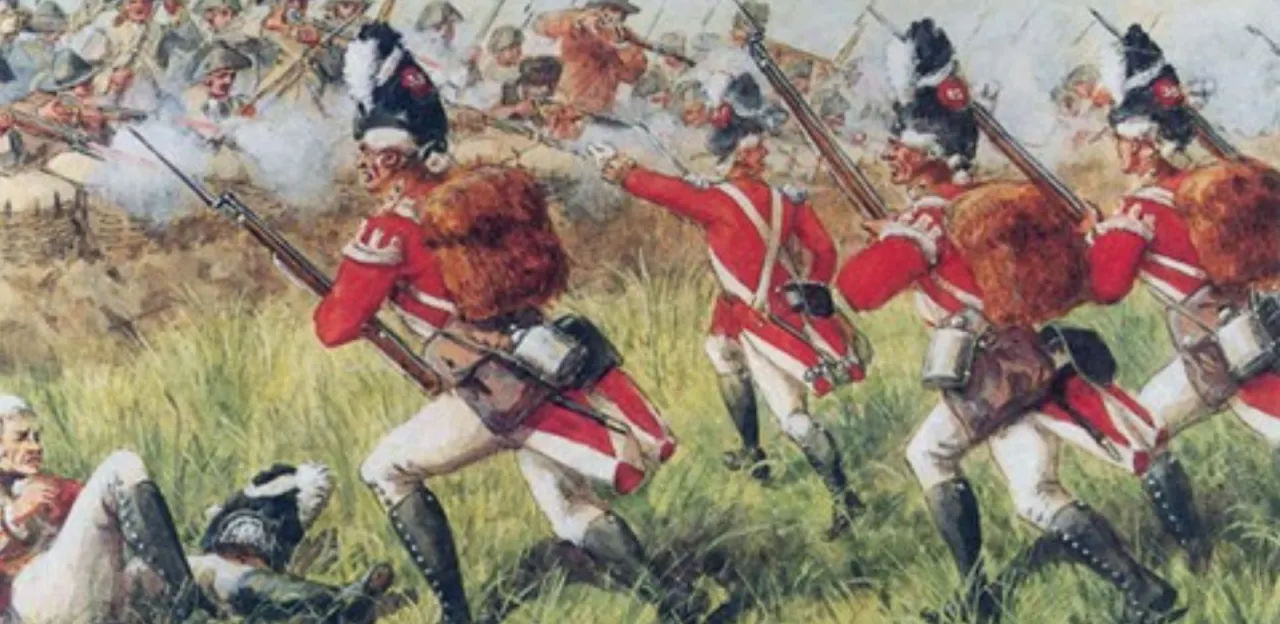What is a Charge Anyway?

Determining the biggest, bloodiest, grandest or most important of anything in the Civil War is difficult and doing so for charges, assaults and attacks is even harder. These terms are not precisely defined and are often used interchangeably. A charge can also be called an assault and often assaults can be charges… and both charges and assaults are usually attacks, but not necessarily the reverse. Even worse, many attacks and assaults consist of several charges. Whew!
In trying to highlight the great attacks of the Civil War, our aim was to use the three terms almost interchangeably but only when the forward movement of the attacker is coordinated. Perhaps the various pieces of an assault might take 45 minutes to coordinate, but we still consider that a single movement. At Gaines’ Mill, the Confederates attacked for six hours but it is the 7:00pm assault to which we refer, when Lee ordered most of his army forward on the heels of the successful charge of John Bell Hood.
Not only is nomenclature difficult but even the names of the attacks are not agreed upon. Pickett’s Charge is also known as the Pickett-Pettigrew-Trimble Assault or Longstreet’s Assault. Hood’s attack at Franklin was so awful that for decades many did not even want to remember it or refer to it. It never received a popular name and today might go by a variety of names including Hood’s Assault, Hood’s Charge, Hood’s Attack at Franklin or the Pickett’s Charge of the West. With such difficulty in assigning superlatives and qualifiers to Civil War actions, it is tempting to avoid the attempt altogether!





